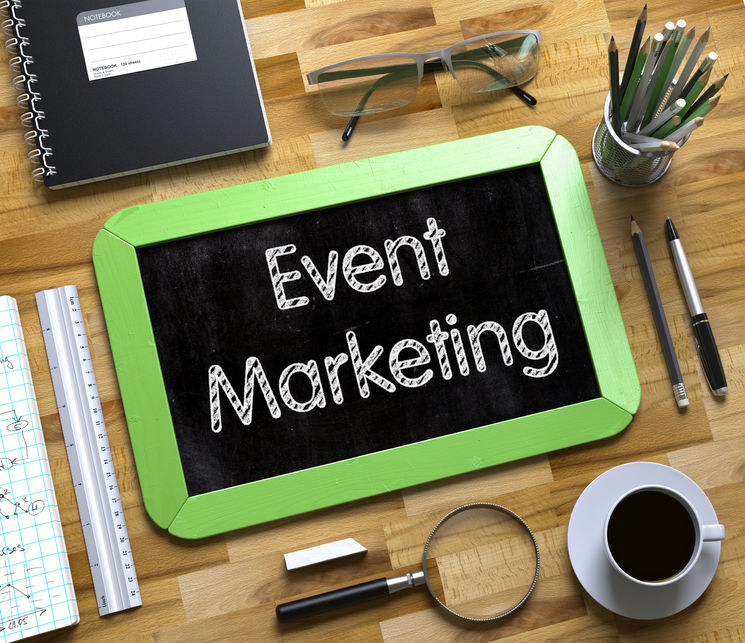
In 2020, we faced significant challenges in the way we communicated, engaged and conducted business. From a marketing perspective, trade shows, conferences and other events were among the traditional initiatives that suffered the greatest losses. Cancelations due to the COVID-19 pandemic negatively affected revenue and profits for hotels, convention centers, restaurants, transportation, travel and others that sell at these venues or support events on a global scale. To compensate, event marketers needed to adapt quickly. One of the solutions that evolved was the shift from in-person to virtual events.
What Do the Numbers Tell Us?

While 85 percent of marketers in leadership roles believe in-person events are critical for their company’s success, they are discovering that lower costs and a potential for higher attendance are achievable through virtual events. Here are some surprising numbers to think about.
- More than 80 percent of marketers agree that greater audience reach is the most positive effect they’ve experienced from their shift to virtual events. By positioning events in virtual spaces as opposed to in-person, access and attendance skyrocketed for many companies. For example, tech company Gainsight grew its 5,000-person tech conference into a 22,000-attendee strong online experience. Virtual events eliminate the need for travel, venue capacities and other logistics that might prevent guests from attending an event. This increases ease of access for attendees across the globe from the comfort of their own homes or offices. Marketers find it easier to feature a variety of experienced and relevant speakers and generate more leads from new audiences.
- An overwhelming 97 percent of marketers are confident that hybrid events will become more prominent going forward. A hybrid event strategy, as described by Bizabbo, is a “strategy where some events are in-person, some are virtual, and some events blend both virtual and in-person elements.” A hybrid strategy allows event organizers to bridge the gap between in-person and virtual events. In-person events are able to deliver personalized experiences and networking opportunities. This format allows organizers to extend the reach of an in-person event to a virtual audience by leveraging virtual tools. This can include live streaming sessions, virtual Q&A and polling, online breakout rooms, chat functions, social media networking and a library of on-demand content or in-person recordings.
- Eighty-four percent of organizations that had previously held virtual events reported that they spent less on virtual events than on in-person ones. According to Wild Apricot’s study, marketers agree that virtual events are much less expensive to run than in-person events. It makes sense. Without the venue, travel, associated rental costs, attendee swag, refreshments and other promotional costs, virtual events are budget-friendly. Of course, the tradeoff is the reduction of the event experience to a computer screen. What we might see in 2021 is more consistent, smaller virtual events, in combination with less frequent but large-scale, in-person events that focus on experience building to save on costs.
- Sixty-three percent of marketers plan to resume in-person meetings in 2021. Despite the increase and success we’ve seen from virtual events in 2020, many individuals are itching to return to social, in-person spaces as soon as possible. It is difficult to emulate the same connectedness that face-to-face interactions bring in terms of networking and relationship building. That’s why a majority of marketers are planning to return to in-person when it feels safe to do so. Thirty-three percent of marketers stated their interest to return to in-person events this spring, which we’re seeing already across many industries. Twenty-nine percent plan a return to in-person programs later in the year. In-person events will be limited in capacity and will encourage social distancing for the foreseeable future. Nevertheless, they are predicted to grow as the year goes on and will likely return stronger than ever.
Connecting Through In-Person, Hybrid and Virtual Events

Events are among the most vital marketing tactics for connecting sellers with prospects, clients, vendors, stakeholders and other industry experts. 2020 taught us a lot about what we value in those connective spaces. It also taught us what we can accomplish through adaptability and technology. 2021 will see those lessons implemented in new directions and strengthen our ability to connect via event marketing.

Comments are closed.